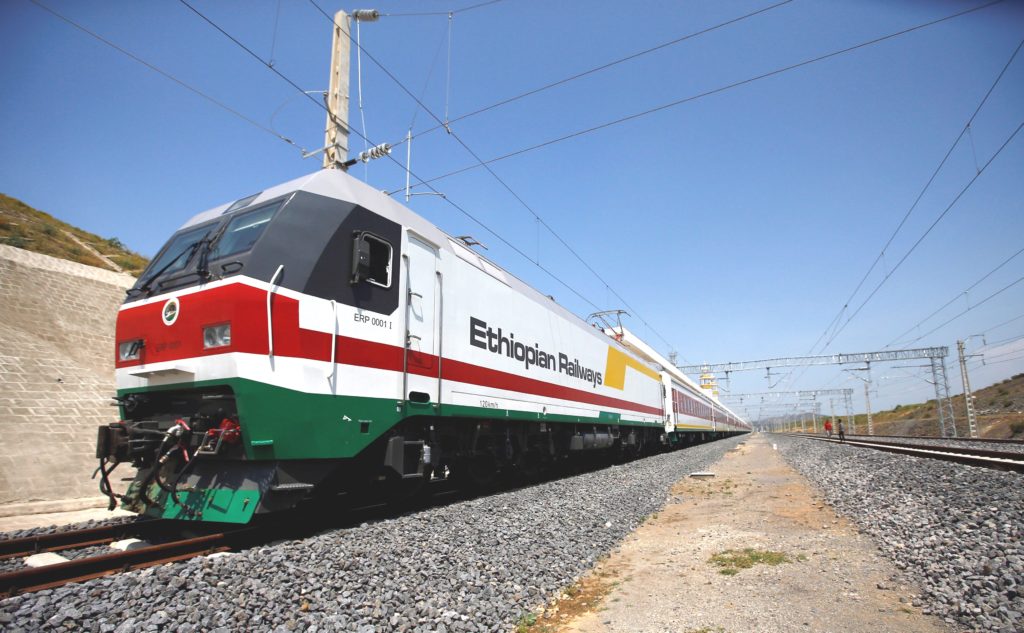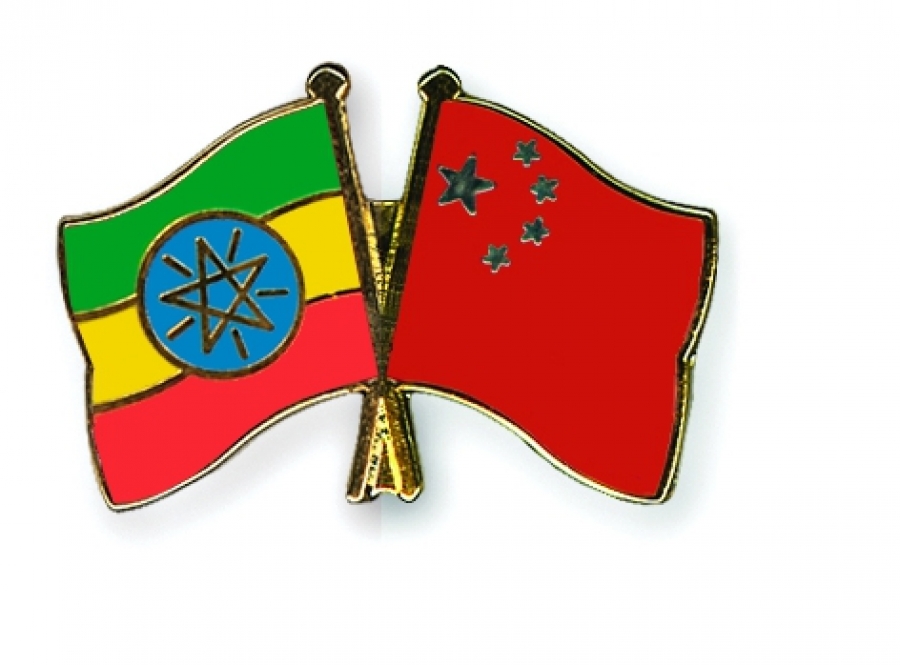This contribution of the Embassy of Ethiopia, Beijing, was originally published in the 7th issue (July 2017) of The Ethiopian Messenger, the quarterly magazine of the Embassy of Ethiopia in Brussels.
Ethiopia is one of the African countries that welcomed with enthusiasm China’s Belt and Road Initiative (BRI), an ambitious intercontinental development strategy that intends to boost trade and stimulate economy along the proposed Belt and Road routes and beyond. Officially named “The Silk Road Economic Belt” and “The 21st-Century Maritime Silk Road”, the BRI will build massive amounts of infrastructure connecting China to countries around the globe. It will also boost market integration and create a regional economic cooperation framework that will benefit everyone.
Whilst the original Silk Road historically connected China with Europe via Central Asia and the Middle East, the new initiative will also link China’s southern coast to East Africa and the Mediterranean. Although the exact significance of the BRI for Africa remains to be defined, it will help the continent plug its infrastructure deficit, a necessary step for economic development, and in particular industrialization. Africa clearly stands to benefit from such reconfiguration, in line with the African Union’s Agenda 2063.
Many factors, such as the country’s strategic location near Africa, Asia and Europe, combined with its astounding abundance of resources, could contribute to make Ethiopia a key partner for the BRI in Africa. In fact, China is already investing heavily in industrialization projects in Ethiopia through the construction of industrial zones and major infrastructure projects.

The Forum on China-Africa Cooperation
China has enhanced its cooperation with Africa to promote the development of transformational infrastructures and industrialization on the continent, and Africans have responded positively to such initiatives.
In 2000, Africa and China’s engagement was formalised trough the Forum on China-Africa Cooperation (FOCAC), the chief platform for China-Africa relations. The 2015 FOCAC Summit upgraded China-Africa relations to a comprehensive strategic and cooperative partnership. China pledged multi- billion dollars in financial support to the FOCAC Action Plan (2016-2018) adopted in Johannesburg, with a focus on infrastructure development and industrialization.
In April 2016, China singled out a number of countries which would be the focus of its industrial cooperation with Africa before extending the cooperation to the whole continent. The same countries are likely to become the gateways for the Belt and Road Initiative on the African continent, and Ethiopia happens to be at their core.
Facilities connectivity and green energy
Ethiopia aspires to scale up its infrastructure investment, which is a strategic pathway to lift growth and foster employment creation and sustainable development and a priority area for implementing the BRI. The physical infrastructures undertaken with Chinese partnership and support are already making a difference in Ethiopia’s overall attractiveness for investments. In addition, both countries are pushing the promotion of green and low-carbon infrastructure construction and operation management, taking into full account the impact of climate change on the construction. Ethiopia has been globally praised for its commitment to building a green non-carbon economy by 2025 and power generating plants and grids built with Chinese financing in Ethiopia are 100% based on developing renewable energy sources.
China has also partnered with Ethiopia through supporting massive telecom infrastructure developments, that have helped in increasing telecom service access and coverage across the nation’s territory as well as in upgrading the existing networks to new technologies. Chinese telecom giants – Huawei and ZTE- have been participating in execution of many projects in Ethiopia.
Linking China and Africa: The Aerial and Maritime Silk Route
Ethiopian Airlines (EAL), as one of the largest and longest serving flag carriers in Africa, operates 31 weekly flights from 48 African cities to five gateways in China, (Beijing, Guangzhou, Hong Kong, Shanghai, Chengdu). As it is expected that both Africa and China will increase their cultural, tourism and educational exchanges in the future, this expansion will lead to the creation of a real “Aerial Silk Road” in the skies of Africa, that will play an essential role in promoting investment, trade, tourism and people-to- people relations between Africa and China.
In terms of maritime transport, the Ethiopian Shipping Lines (ESL) has been sailing to 30 ports in China since 1994 and Chinese companies have already started investing in Djibouti’s port infrastructure. As shipping is the lifeblood to the globalization thrusts in the spirit of BRI, transportation, sipping lines will continue to expand to satisfy the ever- growing needs of private and public enterprises.
Growing industrial and people-to-people bonds
Sino-Ethiopia partnership in industrialization and production capacity building has started dispelling negative myths associated with Africa and supported the narrative of Africa rising instead. China’s surplus capacity is bringing about to Africa employment, quality products, and technology and development ideas, while Ethiopia has strived to develop economic zones and industrial parks as structural booster to jump in industrialization. Chinese enterprises have also started building their own industrial hubs or cities along the railway line running between Addis Ababa and the port city of Djibouti.
At the same time, Ethiopia and China have a intensifying people-to-people relation. Thousands of Ethiopians are studying and doing business in China and tens of thousands of Chinese nationals are working in Ethiopia on various projects. These interactions are crucial player to deepen cross-cultural relations and understanding between the two people.
Partnering for building a global community of shared future
The relation between Ethiopia and China is not limited solely to the economic sphere, but also extends to peace and security. By improving the living standards of people in the BRI intercontinental sphere, the BRI aims to lay down solid foundations for social stability and favourable conditions for regional peace and the resolution of security issues
Ethiopia and China have always been committed towards these goals. In Ethiopia, the fight to make poverty history has for long been connected to its national security and stability. China, for its part, supports the African Union, its regional economic communities and other African sub- regional institutions to play a leading role in coordinating and solving issues of peace and security in Africa. This showcases China’s commitment to global responsibilities and Sino-African solidarity. But it is also important for the two countries to create more economic zones to continue to attract productive investment in a bid to benefit from production capacity cooperation, employment generation and sustainable economic transformation. Though it is a Chinese initiative, the BRI implies a common journey of nations that will take them to a shared destiny with an incremental process of synergetic cooperation.




